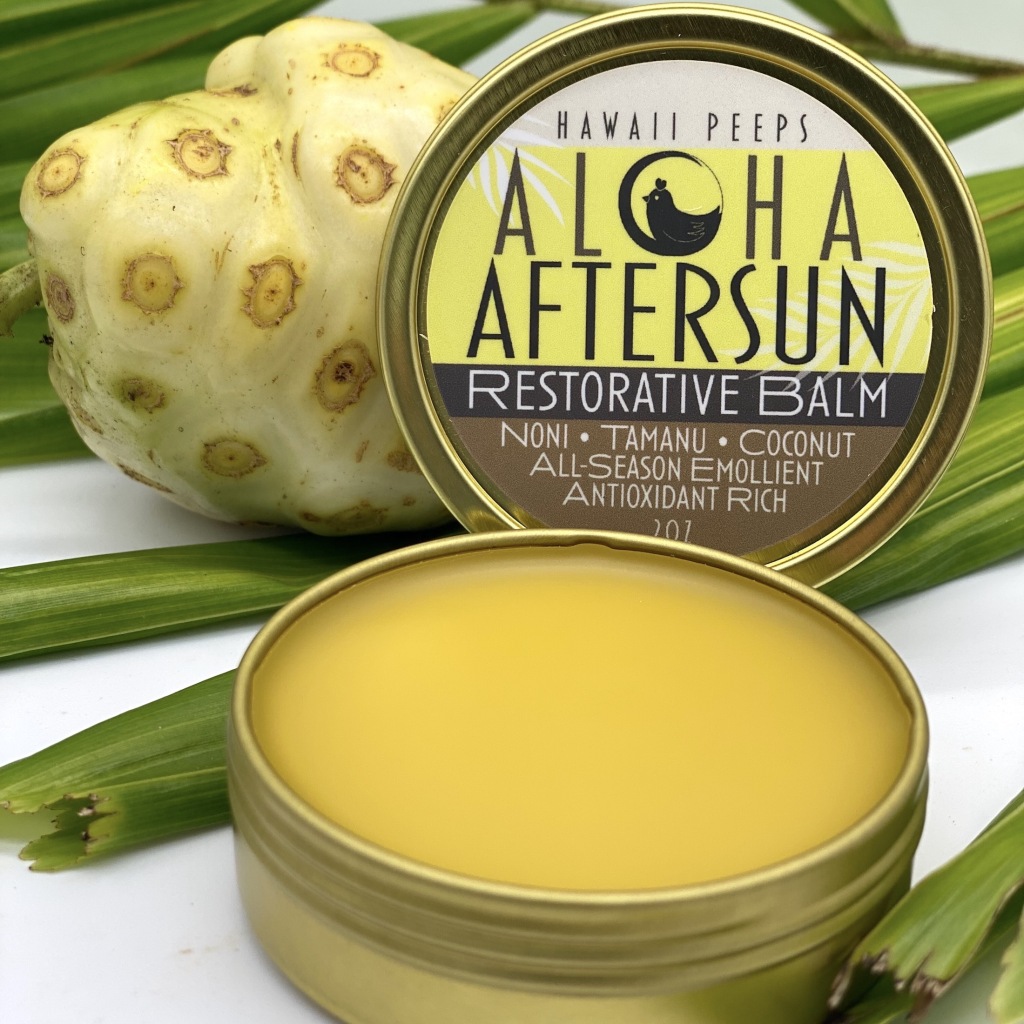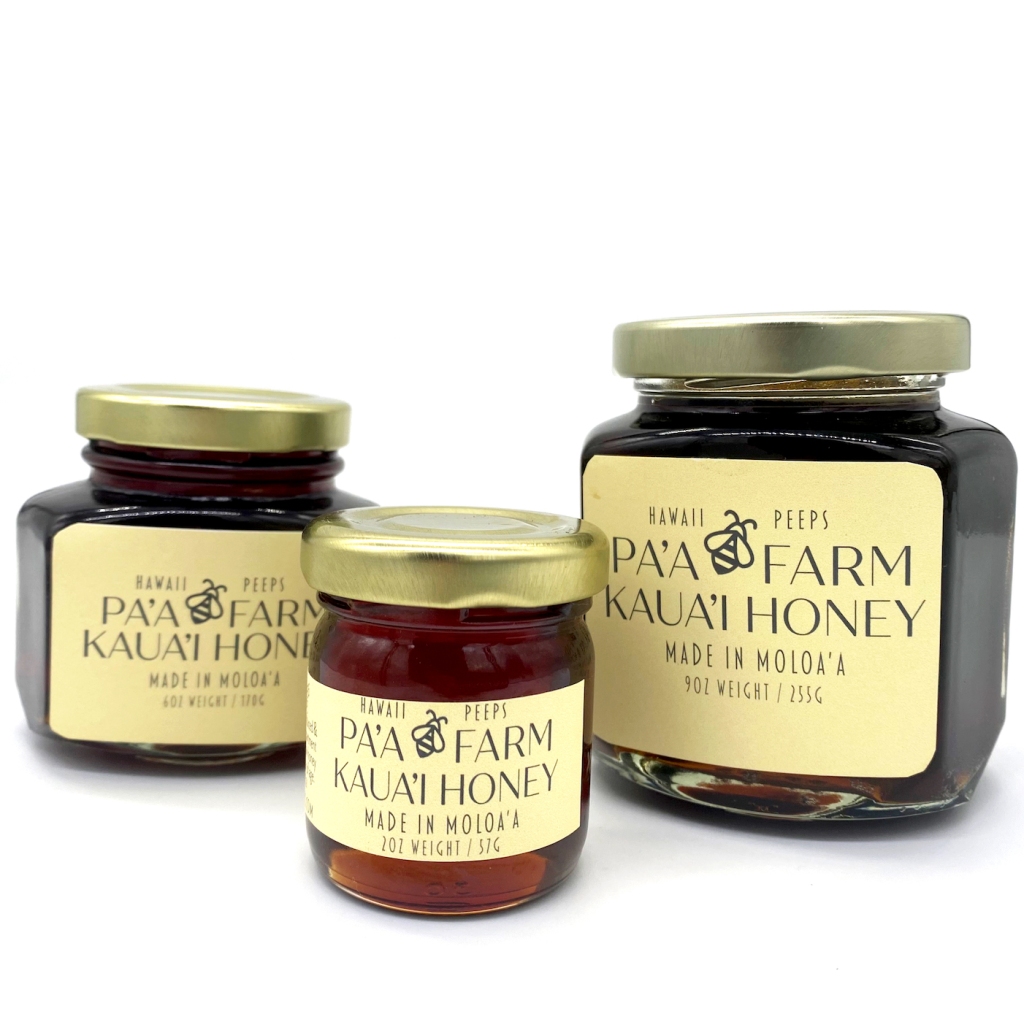Hawai’i is known as the drowning capital of the U.S. – and Kauai is known as the drowning capital of Hawai’i. It may be surprising to learn, but snorkeling is one of the leading causes of tourist deaths in Hawai’i. 
Kauai’s first drowning of 2016 was a 75-year-old Oregon man, Harry Evans, who was found unresponsive whilst snorkeling off Poipu on Kauai, Hawaii.
The surf was small in the area, and the waters calm, so this ocean-related death would not have occurred due to large surf, swells, or strong currents.
Even though snorkeling is a relatively easy activity, people can panic, get stressed, fail to breathe properly once water gets in the mask and/or snorkel, especially when they aren’t used to snorkeling in ocean conditions. They may already have health issues, which put them at greater risk. Many tourists come to Hawai’i, rent a snorkel, and go directly into the ocean with very limited or no experience.
In one Australian study, it was shown the main causes of snorkeling deaths were due to 1) cardiac arrest 2) surface drowning 3) drowning after extended breath holding 4) trauma. The majority were cardiac causes (half of these had known cardiac conditions) and surface drownings. This most often occurred in sober, middle-aged to older males snorkeling in a supervised setting (tour group). “Fatal silent snorkeling syndrome” refers to people who have suffered a cardiac problem and are found floating silently in the water, often close to others.
In our study, people who died of cardiac causes were typically well males (median age, 65 years) who were noticed floating silently in the water, often close to others. We call this the “fatal silent snorkelling syndrome”. Cardiac causes of death defined at forensic autopsy include myocardial infarction, valve rupture, previously undiagnosed congenital valvular or coronary artery abnormalities, and unrecognized myocarditis.
 People feel safe because they often go out in groups – whether it’s with tour companies or friends and family. Tour groups often have inadequate proportions of instructors to participants. It’s impossible for them to check in on you one-on-one. The problem with snorkeling, if someone is not directly checking in with you, you could be having issues without anyone knowing. You would still be floating above the water as if everything is fine. Friends and family unfortunately are focusing on their own experience first. They are also not necessarily trained in life-saving techniques. On top of that, there are endless beaches on Kauai, and limited life guards. If you are found unresponsive, it may take time before you get the proper medical attention.
People feel safe because they often go out in groups – whether it’s with tour companies or friends and family. Tour groups often have inadequate proportions of instructors to participants. It’s impossible for them to check in on you one-on-one. The problem with snorkeling, if someone is not directly checking in with you, you could be having issues without anyone knowing. You would still be floating above the water as if everything is fine. Friends and family unfortunately are focusing on their own experience first. They are also not necessarily trained in life-saving techniques. On top of that, there are endless beaches on Kauai, and limited life guards. If you are found unresponsive, it may take time before you get the proper medical attention.
If you have any health issues particularly of the heart, if you are not familiar snorkeling in the ocean, or if you are under the age of 15 or over the age of 60, it’s imperative you have a one-on-one snorkeling partner.
 Snorkeling is a wonderful way to experience the ocean environment. Here are some tips to staying safe:
Snorkeling is a wonderful way to experience the ocean environment. Here are some tips to staying safe:
- Always train with snorkeling gear in a pool before snorkeling in the ocean.
- Learn snorkeling safety.
- If you are not the best swimmer or in top physical condition wear a buoyancy vest or emergency inflatable PFD vest or fanny pack.
- Stay in shallow waters.
- Always make sure to check ocean conditions before going out. Ask a lifeguard. When in doubt, don’t go out.
- Snorkel at lifeguarded beaches during hours when lifeguards are on duty (be cautious of going out close to dusk).
- Make sure if you go on a tour boat they have experienced guides with training in rescue techniques, life-saving certifications, as well as defibrillators on the boat.
- Always have a snorkeling partner and that you are consistently checking in with them.










